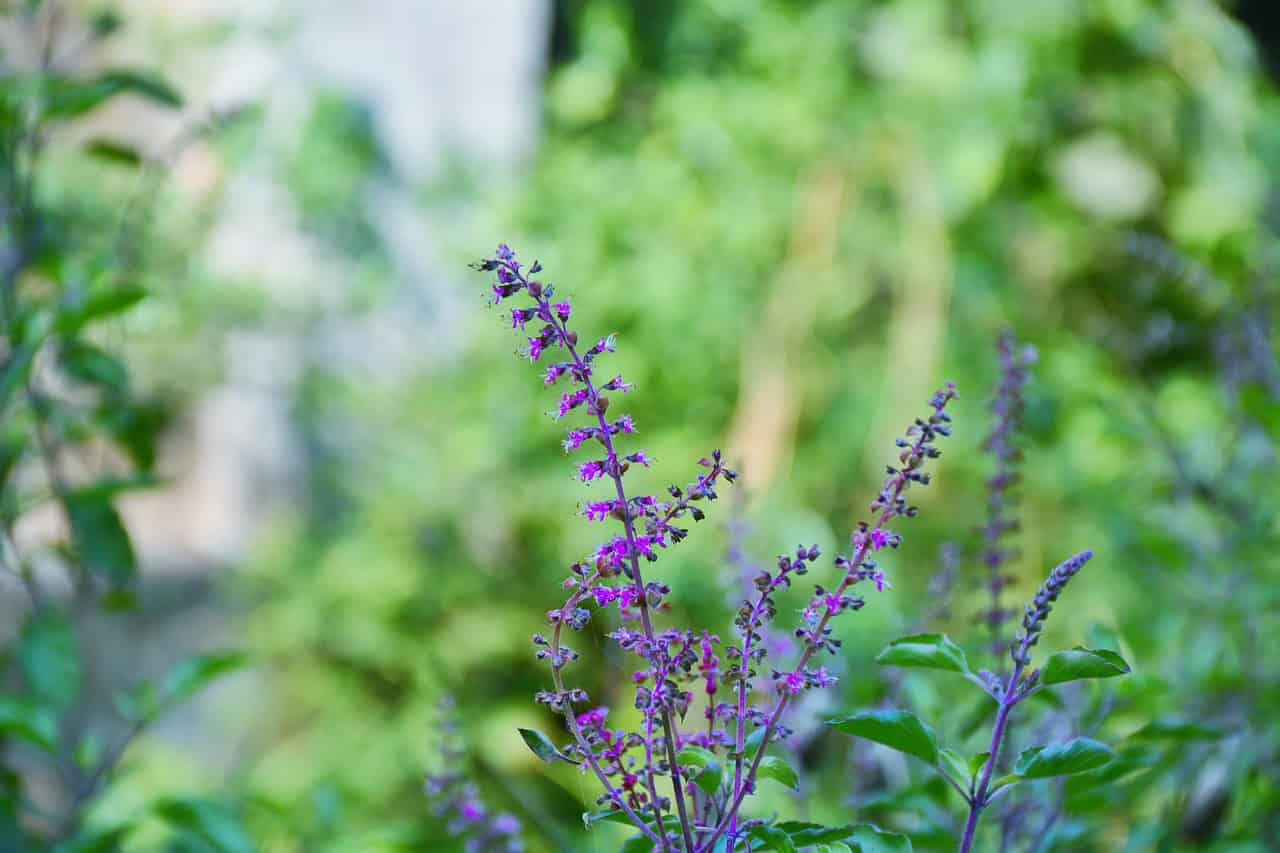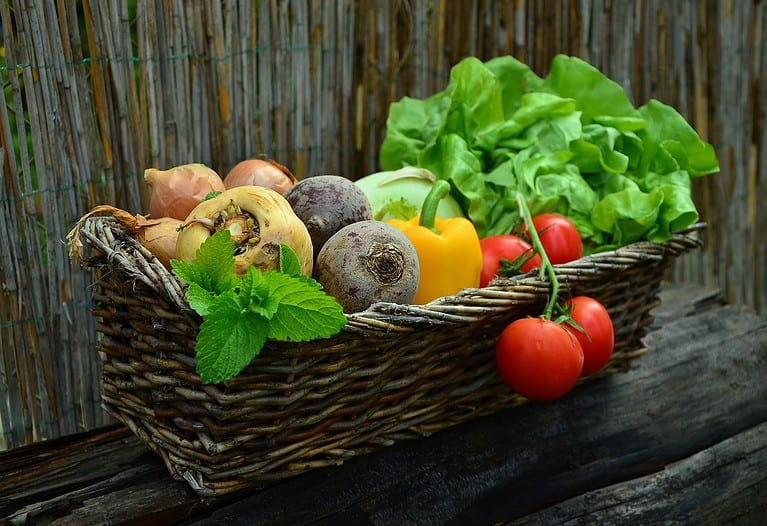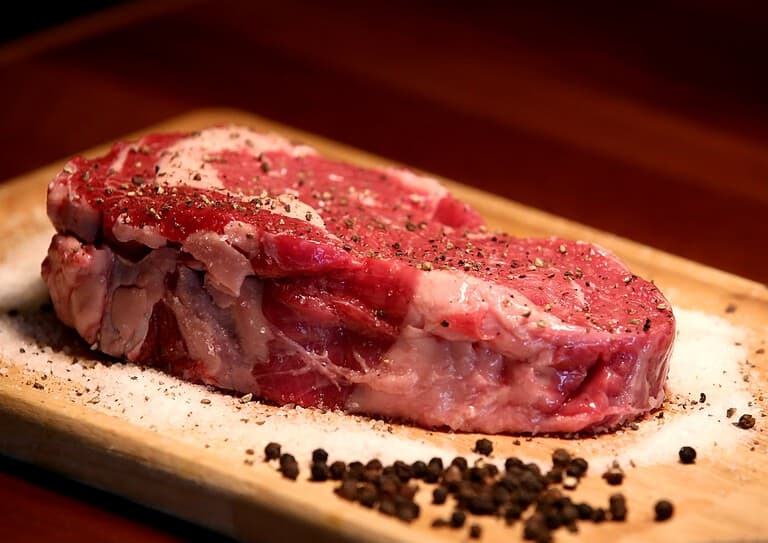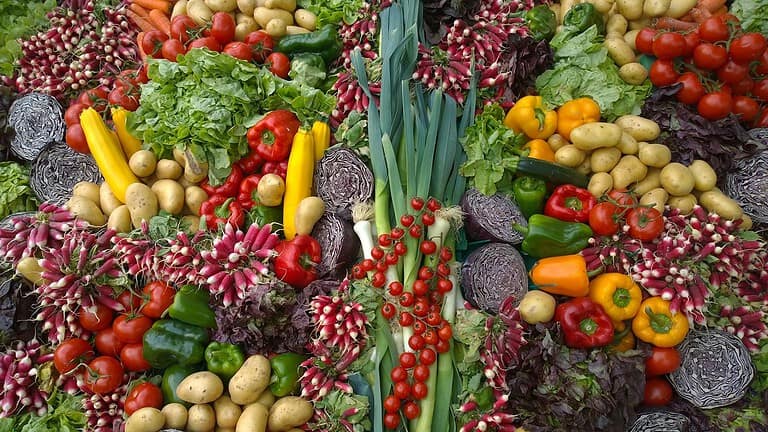Holy Basil: Is It The Ultimate Wellness Herb?
Holy basil, also known as tulsi, is a plant that has been used for centuries in Ayurvedic medicine for its numerous health benefits. The scientific name of holy basil is Ocimum tenuiflorum, but it is also known as Ocimum sanctum. It is a member of the mint family and is native to the Indian subcontinent, where it is considered a sacred plant.
As a food scientist who has always been interested in natural remedies, I was intrigued when I first learned about holy basil and its potential health benefits. Over the years, I have read countless articles and studies about this plant, and I am convinced that it is one of the most powerful herbs out there. From reducing stress and anxiety to supporting the immune system, holy basil seems to have a wide range of health benefits that are backed by both traditional wisdom and modern science.
In this article, I will delve deeper into the world of holy basil and explore its history, traditional uses, and modern applications. I will also provide an overview of the scientific research that has been conducted on this plant, and share some tips on how to incorporate it into your daily routine. Whether you are looking to boost your immune system, reduce stress, or simply explore the world of natural remedies, holy basil is definitely worth learning more about.

What is Holy Basil?
Holy basil, also known as Ocimum tenuiflorum or Ocimum sanctum, is a perennial flowering plant from the mint family. It is native to Southeast Asia and is commonly used in Ayurvedic medicine. It is not the same basil as that sweet or genovese basil that you’re maybe used to find in your mom’s favorite sauce or pasta.
Scientific Classification
The scientific classification of holy basil is as follows (for all the nerds out there):
History of Holy Basil
Holy basil has been used for thousands of years in Ayurvedic medicine for its medicinal properties. It is considered to be a sacred plant in Hinduism and is often grown in temple gardens.
In Ayurvedic medicine, holy basil is believed to have a variety of health benefits, including reducing stress, improving digestion, and boosting the immune system. It is also used to treat respiratory conditions such as asthma and bronchitis.
In addition to its medicinal uses, holy basil is also commonly used as a culinary herb in Southeast Asian cuisine. It has a spicy, slightly bitter taste and is often used in curries, stir-fries, and soups.
Overall, holy basil is a versatile plant with a long history of use in both traditional medicine and culinary practices.
Health Benefits of Holy Basil
Holy basil, also known as tulsi, is a herb that has been used for medicinal purposes in Ayurvedic medicine for thousands of years. As someone who has researched the benefits of holy basil, I can confidently say that it has several health benefits that make it worth incorporating into your daily routine.
Blood Sugar Management
One of the most significant benefits of holy basil is its ability to manage blood sugar levels. Studies have shown that consuming holy basil can reduce blood sugar levels by up to 17% in people with type 2 diabetes. This is due to the presence of compounds like eugenol and methyl eugenol that help regulate insulin secretion and improve insulin sensitivity.
Antioxidant and Antimicrobial Properties
Holy basil also has antioxidant and antimicrobial properties that can help protect against various diseases and infections. The antioxidants in holy basil help neutralize free radicals that can cause damage to cells and lead to chronic diseases like cancer and heart disease. Additionally, holy basil has been shown to have antimicrobial properties that can help fight off harmful bacteria and viruses.
Potential Benefits for Disease Prevention
In addition to managing blood sugar levels and protecting against diseases and infections, holy basil may also have potential benefits for disease prevention. Studies have shown that holy basil can help lower cholesterol levels, reduce inflammation, and improve immune function, all of which can help prevent chronic diseases.
Overall, holy basil is a herb that has several health benefits that make it worth incorporating into your daily routine. Whether you’re looking to manage blood sugar levels, protect against diseases and infections, or prevent chronic diseases, holy basil can help you achieve your health goals.
Wellbeing Benefits of Holy Basil
In this section, I will discuss the wellbeing benefits of holy basil, including stress reduction and emotional wellbeing, enhanced cognitive function, and immune system support.
Stress Reduction and Emotional Well-being
Holy basil has been shown to have a calming effect on the body, making it an effective natural remedy for stress and anxiety. It has been found to reduce cortisol levels, which is the hormone that is released in response to stress. Additionally, holy basil has adaptogenic properties, which means it helps the body adapt to stress and maintain balance. This can help improve overall emotional wellbeing.
Enhanced Cognitive Function
Holy basil has been found to have a positive effect on cognitive function. It has been shown to improve memory, attention, and focus. Additionally, it has been found to have a neuroprotective effect, which means it helps protect the brain against damage and degeneration.
Immune System Support
Holy basil has been found to have immunomodulatory properties, which means it helps regulate the immune system. It has been shown to increase the production of immune cells and improve immune function. This can help protect the body against infections and diseases.
In conclusion, holy basil has a wide range of wellbeing benefits, including stress reduction and emotional wellbeing, enhanced cognitive function, and immune system support. It is a safe and effective natural remedy that can be used to improve overall health and wellbeing.
Forms of Holy Basil
As someone who has been using holy basil for a while, I have found that there are several ways to consume it. Here are the most popular forms:
Tea
Holy basil tea is a popular way to consume this herb. You can buy pre-made tea bags or make your own tea by steeping the leaves in hot water. The tea has a slightly sweet and spicy taste and is known for its calming effects. Drinking holy basil tea regularly can help reduce stress and anxiety.
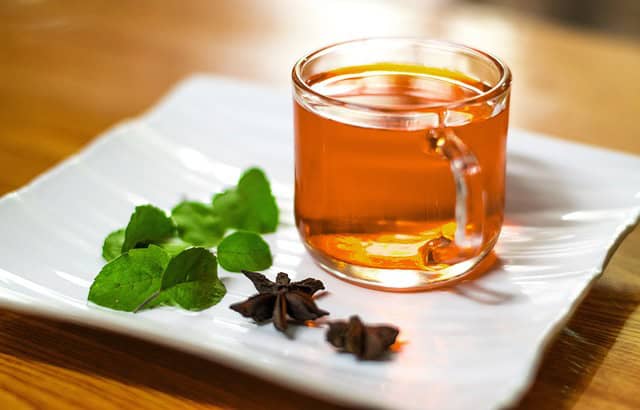
Oil
Holy basil oil is made by extracting the oils from the leaves of the plant. It is used in aromatherapy and can be added to bath water or used in a diffuser. It is known for its calming effects and can help reduce stress and anxiety. Holy basil oil can also be used topically as a natural remedy for skin conditions such as acne.
Supplement
Holy basil supplements are available in the form of capsules, tablets, and tinctures. They are a convenient way to consume holy basil, and they are available in different strengths. Holy basil supplements are known for their ability to reduce stress and anxiety and improve immune function. They are also used to treat a variety of health conditions, including diabetes, high cholesterol, and respiratory infections.
In conclusion, holy basil is a versatile herb that can be consumed in different forms. Whether you prefer tea, oil, or supplements, there is a way to incorporate this herb into your daily routine. Just be sure to consult with a healthcare professional before adding any new supplement to your diet.
Side Effects and Precautions
As with any supplement or herb, there is always the possibility of side effects and interactions with medications. While holy basil is generally considered safe for most people, it is still important to exercise caution and be aware of any potential risks.
Possible Side Effects
In general, holy basil is well-tolerated by most people and has few reported side effects. However, some people may experience mild side effects, such as:
- Upset stomach
- Headache
- Dizziness
- Dry mouth
- Skin irritation
If you experience any of these side effects, it is important to stop taking holy basil and speak with your healthcare provider.
Interactions with Medications
Holy basil may interact with certain medications, including blood thinners, diabetes medications, and cholesterol-lowering drugs. If you are taking any of these medications, it is important to speak with your healthcare provider before taking holy basil.
Additionally, holy basil may lower blood sugar levels, so it is important to monitor your blood sugar closely if you have diabetes and are taking holy basil. It may also increase the risk of bleeding, so it is important to avoid holy basil if you are taking blood-thinning medications or have a bleeding disorder.
Overall, while holy basil is generally considered safe for most people, it is important to exercise caution and speak with your healthcare provider before taking it if you have any underlying health conditions or are taking any medications.
Different Types of Holy Basil
As I write about holy basil, I cannot help but mention the different types of this herb, at least some of them. Each type of holy basil has its unique characteristics, appearance, and benefits. Here are some of the types of holy basil that I have come across:
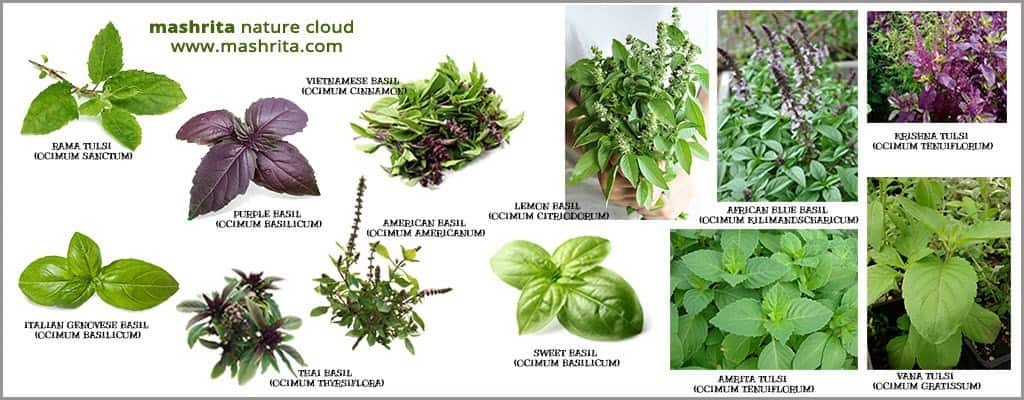
Rama Tulsi
Rama Tulsi is one of the most common types of holy basil. It has green leaves and is known for its calming effect. Rama Tulsi is believed to help reduce stress and anxiety.
Krishna Tulsi
Krishna Tulsi is another type of holy basil, and it has purple-colored leaves. It is said to have a more potent flavor and aroma than Rama Tulsi. Krishna Tulsi is believed to have anti-inflammatory properties and is used to treat various ailments.
Vana Tulsi
Vana Tulsi, also known as Ocimum gratissimum, is a tree basil that is native to India and East Africa. This type of holy basil is known for its large leaves and can grow up to 5 feet tall. Vana Tulsi is relatively easy to overwinter indoors and is very stable in a bright environment.
Sri Tulsi
Sri Tulsi is a type of holy basil that is believed to have a more potent aroma and flavor than Rama Tulsi. It has green leaves and is commonly used in Ayurvedic medicine to treat various ailments.
Shyama Tulsi
Shyama Tulsi is another type of holy basil that has purple-colored leaves. This type of holy basil is believed to have antibacterial and anti-inflammatory properties. It is commonly used to treat respiratory ailments like bronchitis and asthma.
In conclusion, holy basil is a versatile herb that has many different types, each with its unique characteristics and benefits. Whether you are looking for a calming effect or a potent aroma, there is a type of holy basil that can meet your needs.
Growing and Caring for Holy Basil
Growing and caring for holy basil is an easy and rewarding endeavor. I have found that the most important factors in successfully growing this plant are light and temperature, watering and fertilizing, and container gardening.

Light and Temperature
Holy basil requires plenty of sunlight to grow properly. It prefers full sun, but can tolerate some shade. If you are growing holy basil indoors, make sure it is placed near a window that gets plenty of sunlight. If you are growing it outdoors, make sure it is in a spot that gets at least six hours of direct sunlight each day.
In terms of temperature, holy basil is a warm-weather plant that thrives in temperatures between 70 and 90°F (20-30°C). It is a perennial in USDA zones 10 and 11, but can be grown as an annual in cooler climates.
Watering and Fertilizing
Holy basil prefers well-draining soil that is kept moist, but not waterlogged. Water your holy basil regularly, especially during hot and dry weather. If you are growing it in a container, make sure it has drainage holes and that excess water can escape.
Fertilize your holy basil every two to three weeks with a balanced fertilizer. You can also use compost or organic matter to enrich the soil.
Container Gardening
Holy basil can be grown in containers, which is great for those with limited space or who want to grow it indoors. Choose a container that is at least 12 inches deep and wide, as holy basil can grow up to two feet tall.
Make sure your container has drainage holes and that excess water can escape. Use a well-draining soil mix that is enriched with organic matter.
In conclusion, growing and caring for holy basil is easy and rewarding. By following these tips on light and temperature, watering and fertilizing, and container gardening, you can enjoy a healthy and thriving holy basil plant.
Holy Basil in Ayurveda
As a food scientist, I have a deep appreciation for the many benefits of holy basil, also known as tulsi. This herb has been used in Ayurvedic medicine for centuries, and it is considered one of the most sacred plants in India. In this section, I will discuss the traditional uses of holy basil in Ayurveda, as well as the modern research and science behind this powerful herb.
Traditional Uses in Ayurveda
Holy basil has been used in Ayurveda for a variety of purposes. According to ancient Ayurvedic texts, holy basil can be used to treat a range of ailments, including:
- Respiratory disorders
- Digestive problems
- Skin disorders
- Headaches
- Fever
- Stress and anxiety
Holy basil is also considered an adaptogen, meaning it helps the body adapt to stress. In Ayurveda, it is believed that holy basil can help balance the three doshas (vata, pitta, and kapha), which are the fundamental energies that make up the human body.
Modern Research and Science
In recent years, modern research has confirmed many of the traditional uses of holy basil. For example, studies have shown that holy basil may have anti-inflammatory, anti-bacterial, and anti-viral properties. It may also help regulate blood sugar levels and reduce cholesterol.
One study published in the Journal of Ayurveda and Integrative Medicine found that holy basil may help reduce stress and anxiety. Another study published in the International Journal of Current Research found that holy basil can help improve respiratory function in people with asthma.
Overall, the research on holy basil is promising, but more studies are needed to fully understand its potential benefits. I believe that holy basil can be a valuable addition to any wellness routine, but it is important to consult with a healthcare professional before using any herbal remedies.
In conclusion, holy basil has a long history of use in Ayurveda, and modern research has confirmed many of its traditional uses. This powerful herb has the potential to offer a range of health benefits, but more research is needed to fully understand its effects. I recommend incorporating holy basil into a holistic wellness routine, but it is important to consult with a healthcare professional before doing so.
Conclusion
After conducting research on holy basil, I have found that it is a versatile herb that has been used for centuries in Ayurvedic medicine for its numerous health benefits. Holy basil is available in different forms, including leaf, powder, supplement, and essential oil, making it easy to incorporate into one’s daily routine.
One of the most significant benefits of holy basil is its adaptogenic properties, which can help the body cope with stress. It has also been found to have anti-inflammatory, antioxidant, and antimicrobial properties, which can help with a variety of health issues.
Studies have shown that holy basil may help reduce blood sugar, blood pressure, and cholesterol levels. It may also have positive effects on memory and immune support. However, more research is needed to confirm these benefits.
Overall, holy basil is a safe and natural herb that can be used to support overall health and well-being. However, it is important to consult with a healthcare professional before using holy basil as a supplement or for medicinal purposes, especially if you are pregnant, breastfeeding, or taking medication.

